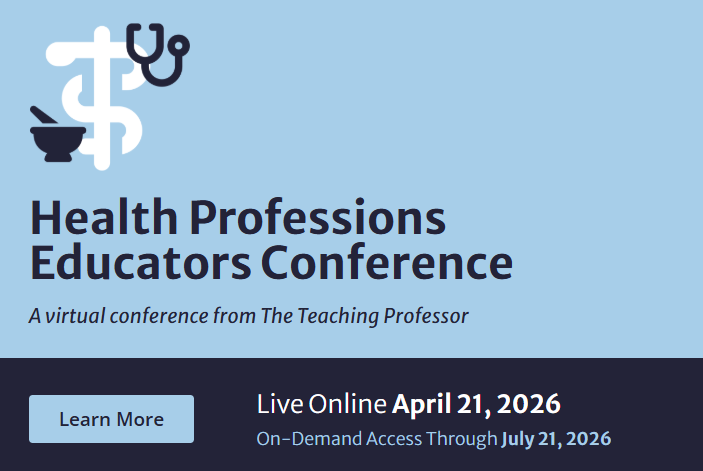Questioning Styles for More Effective Discussion Boards
Meaningful online discussions that promote learning and build community usually do not happen spontaneously. They require planning, good use of questioning techniques, and incentives for student participation.



